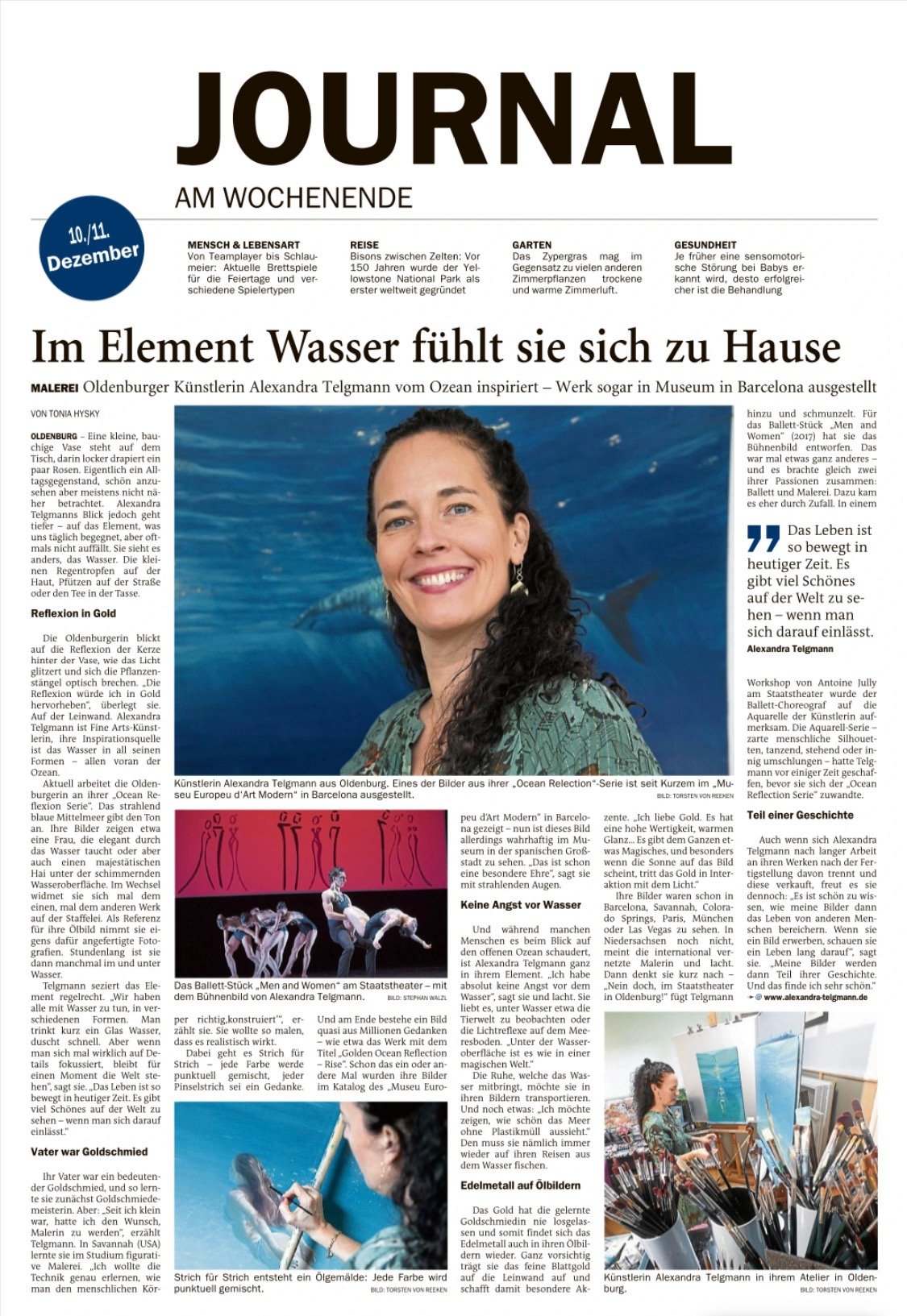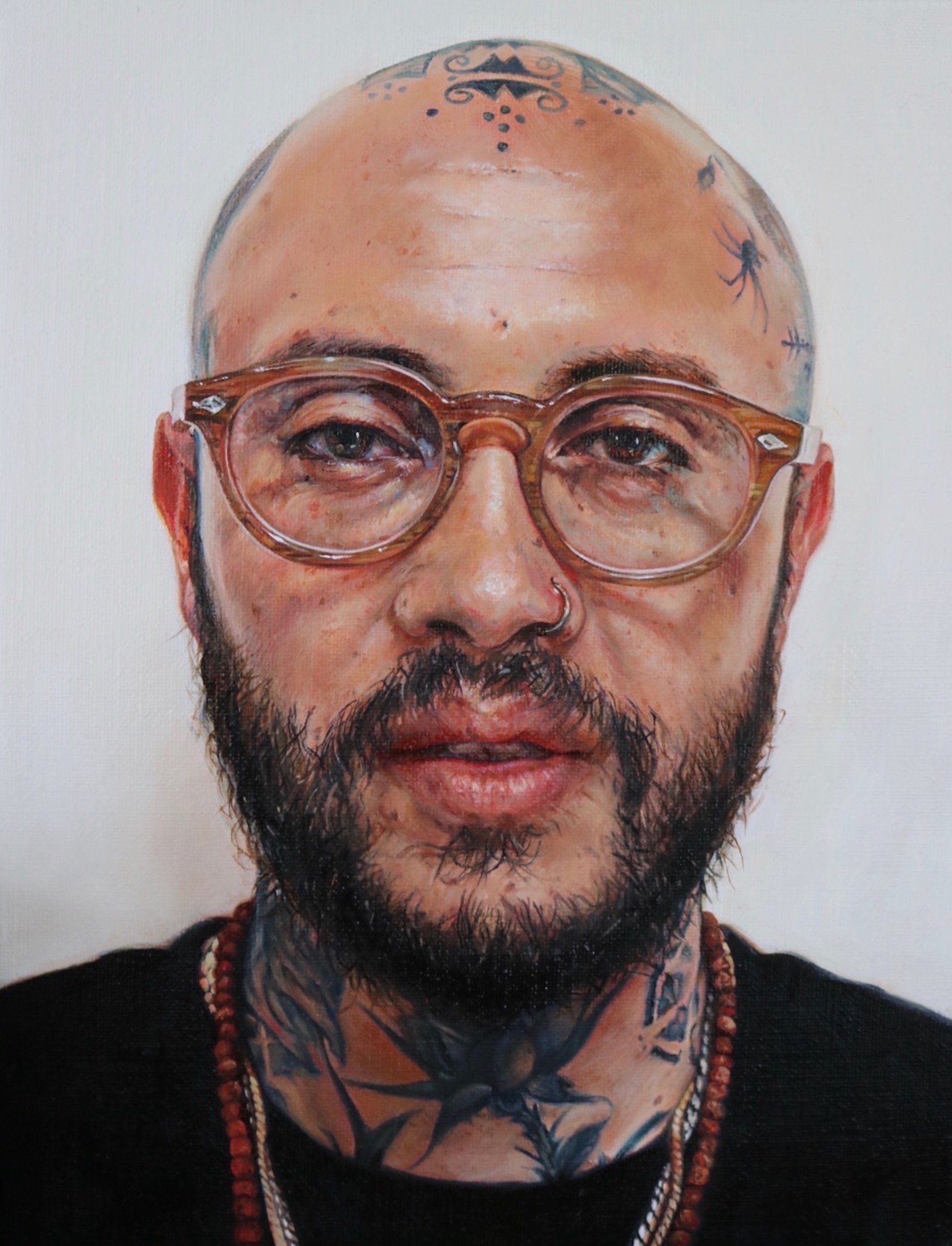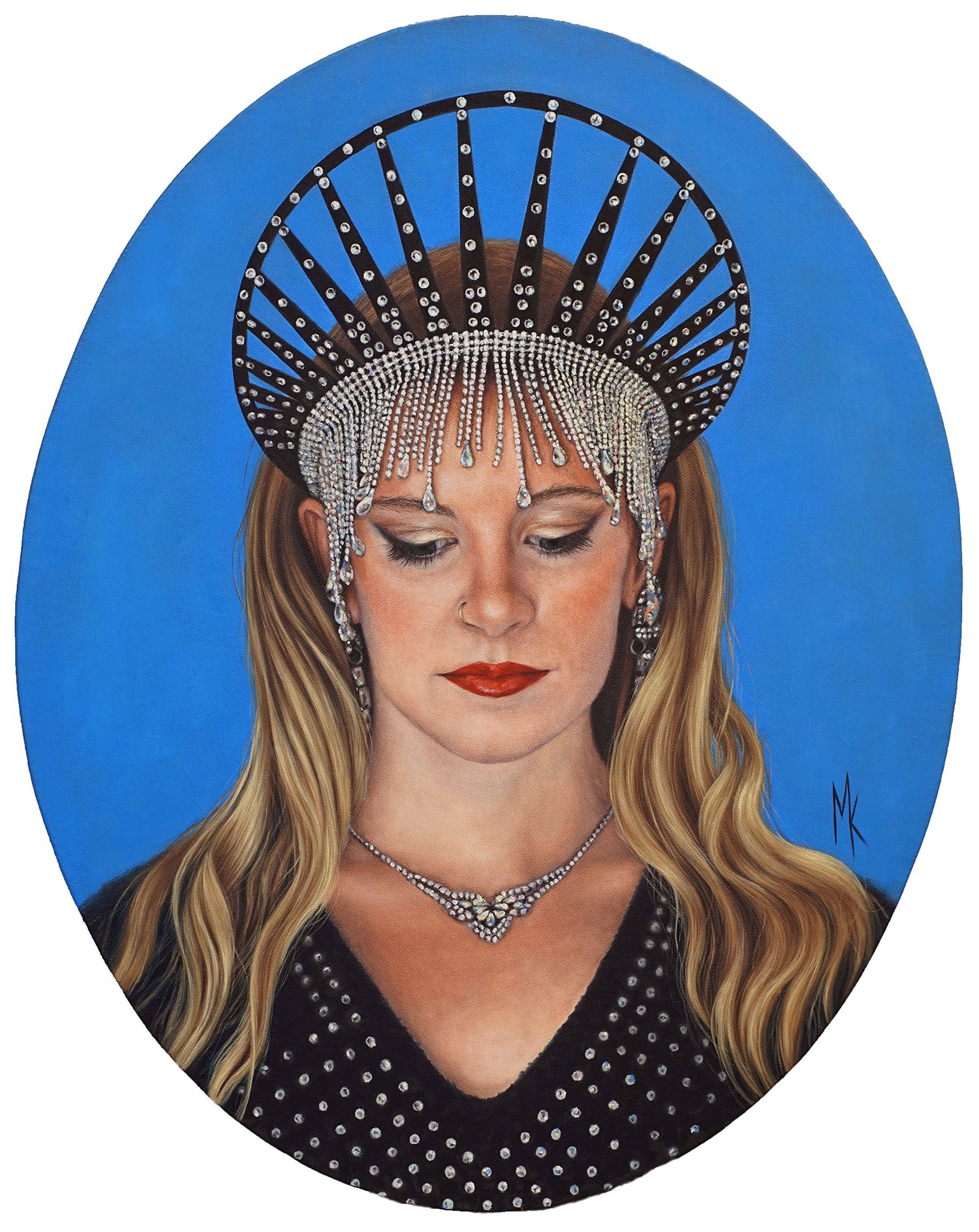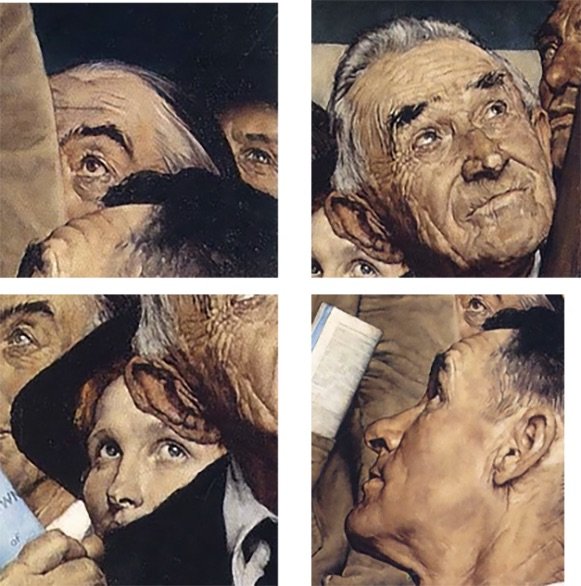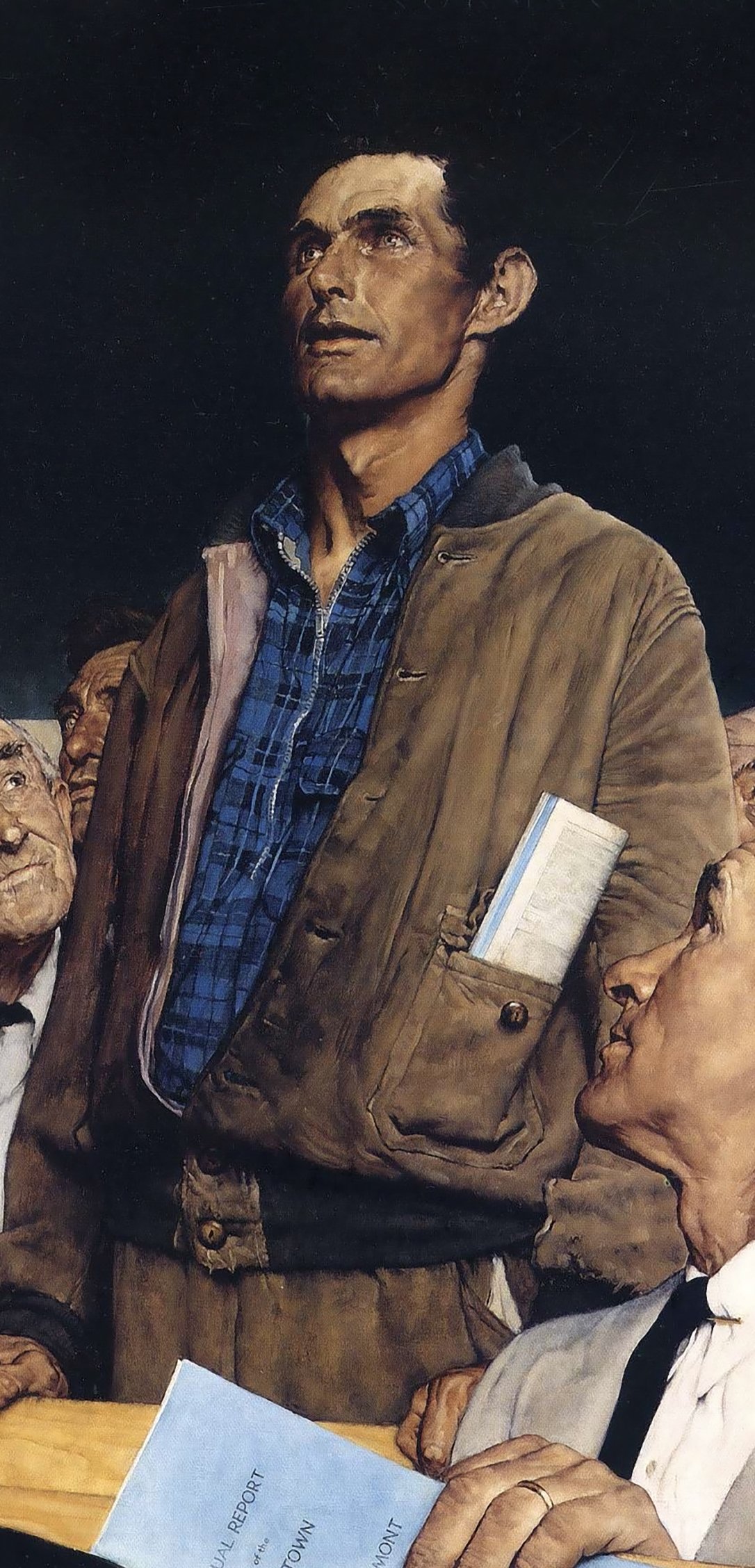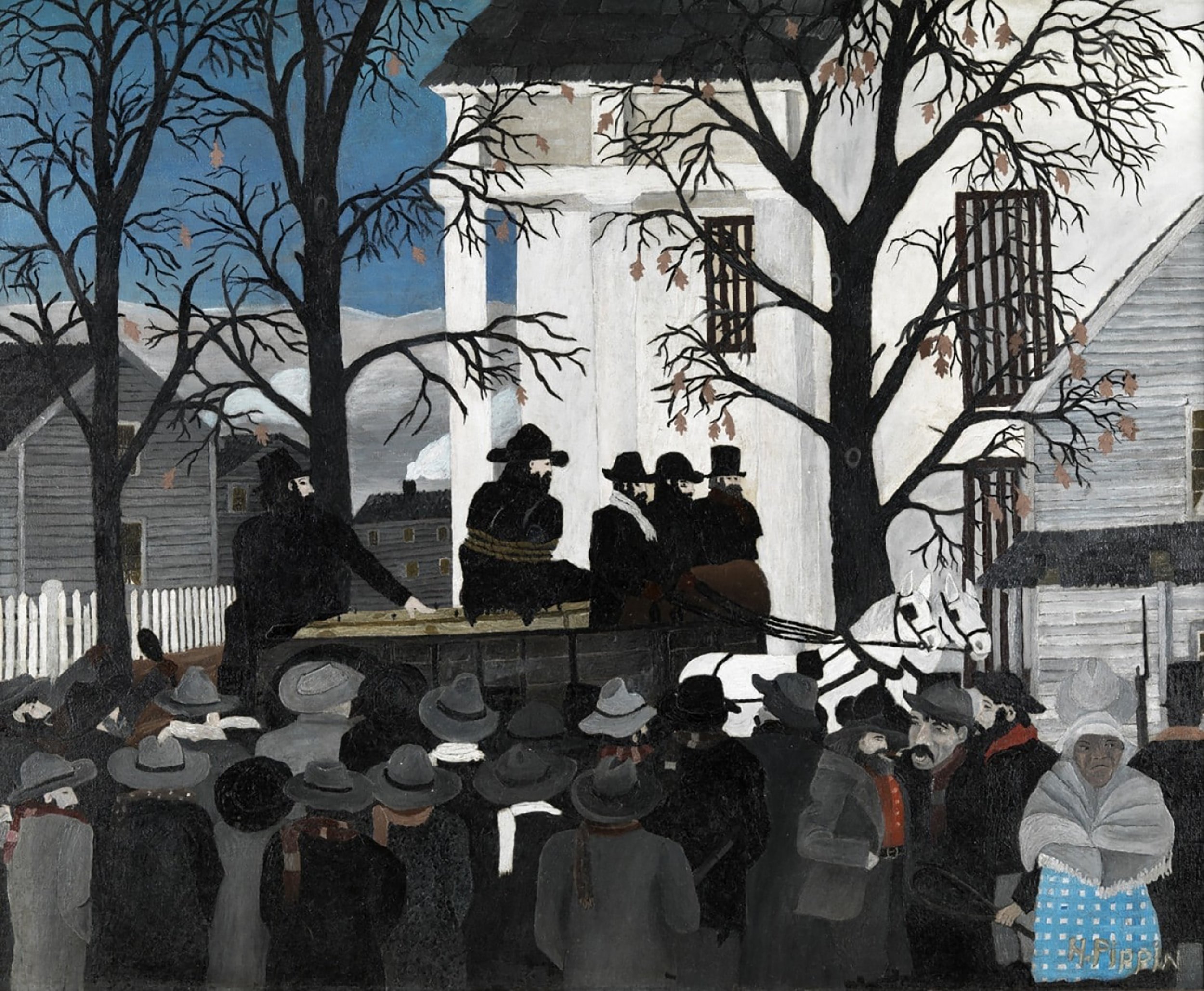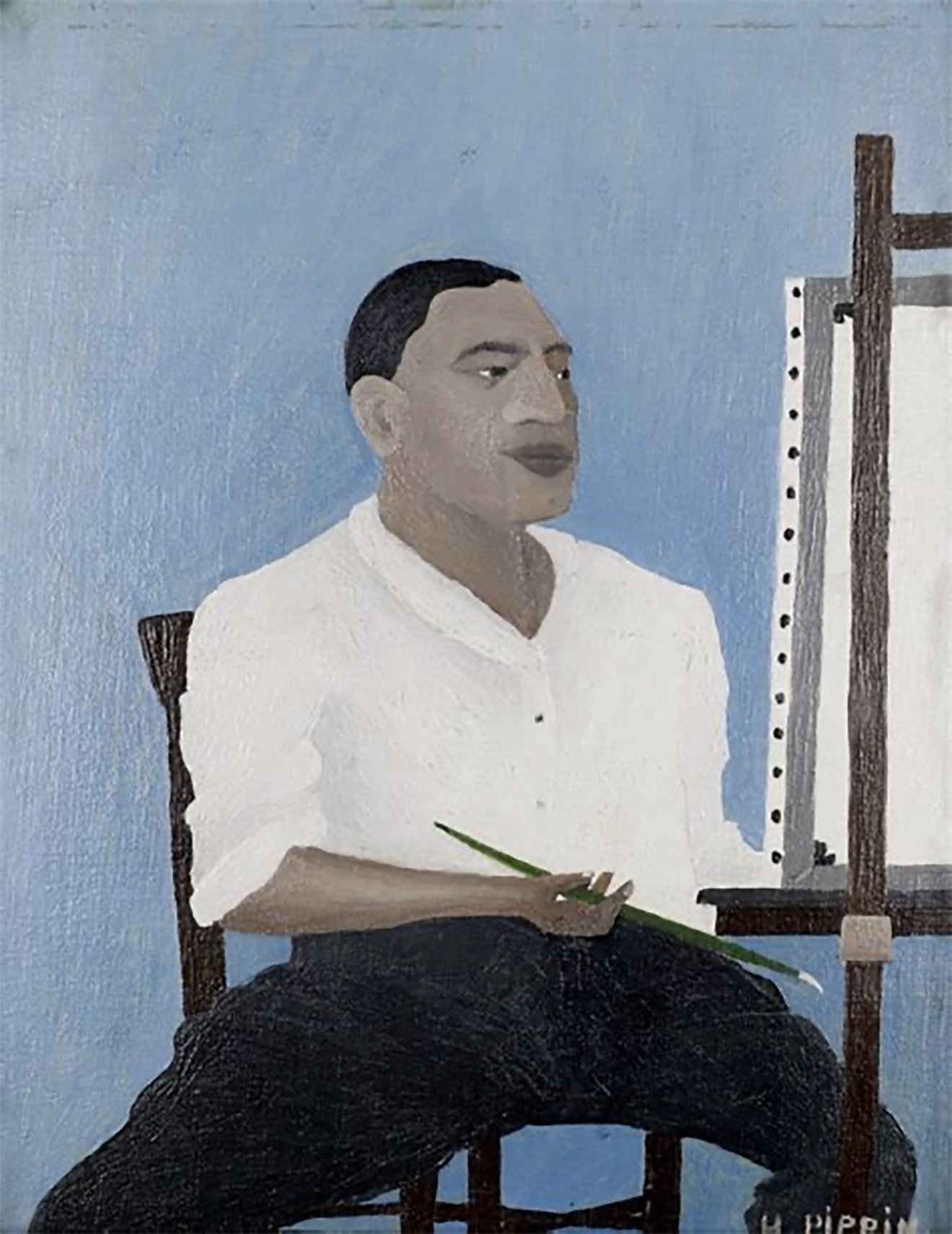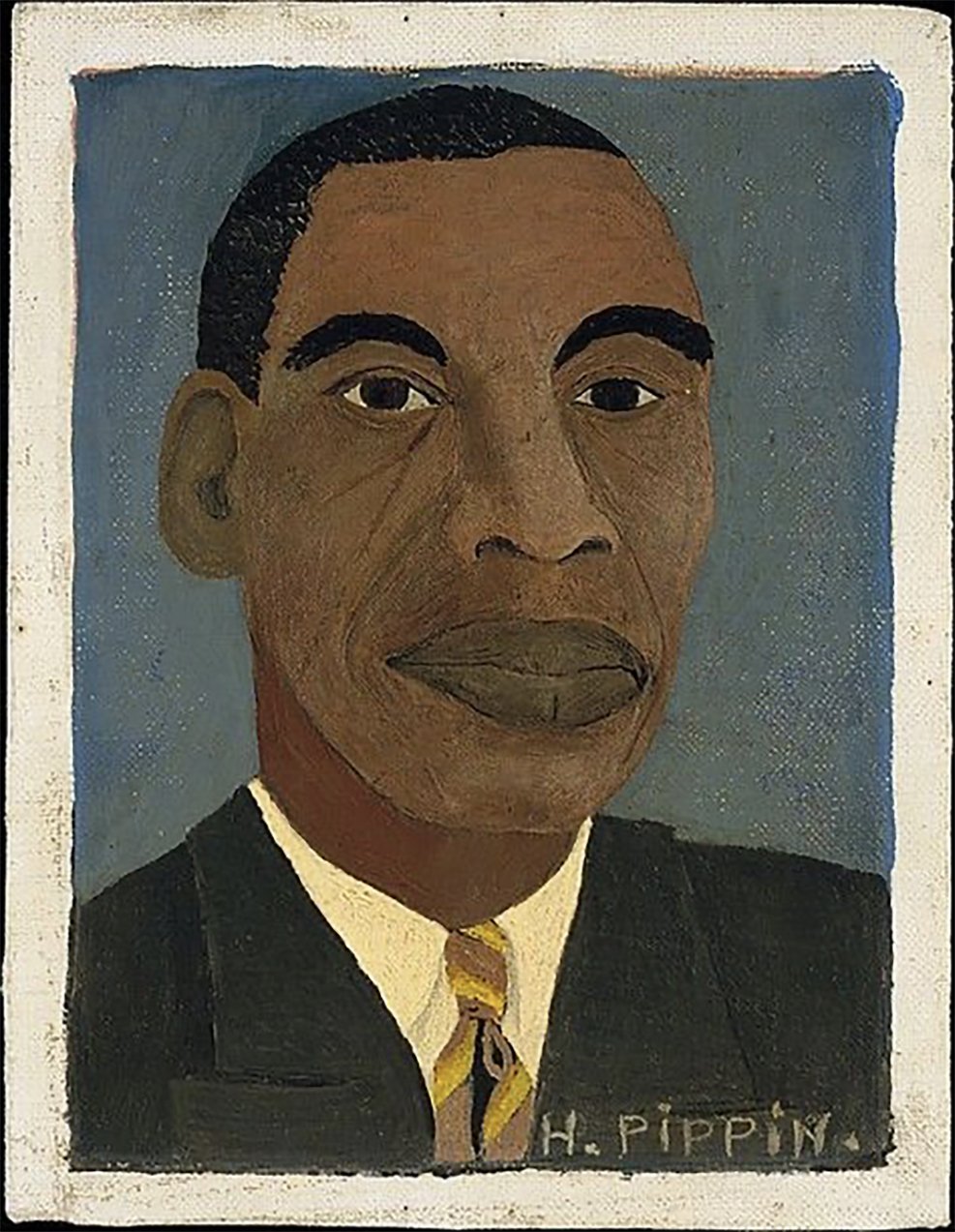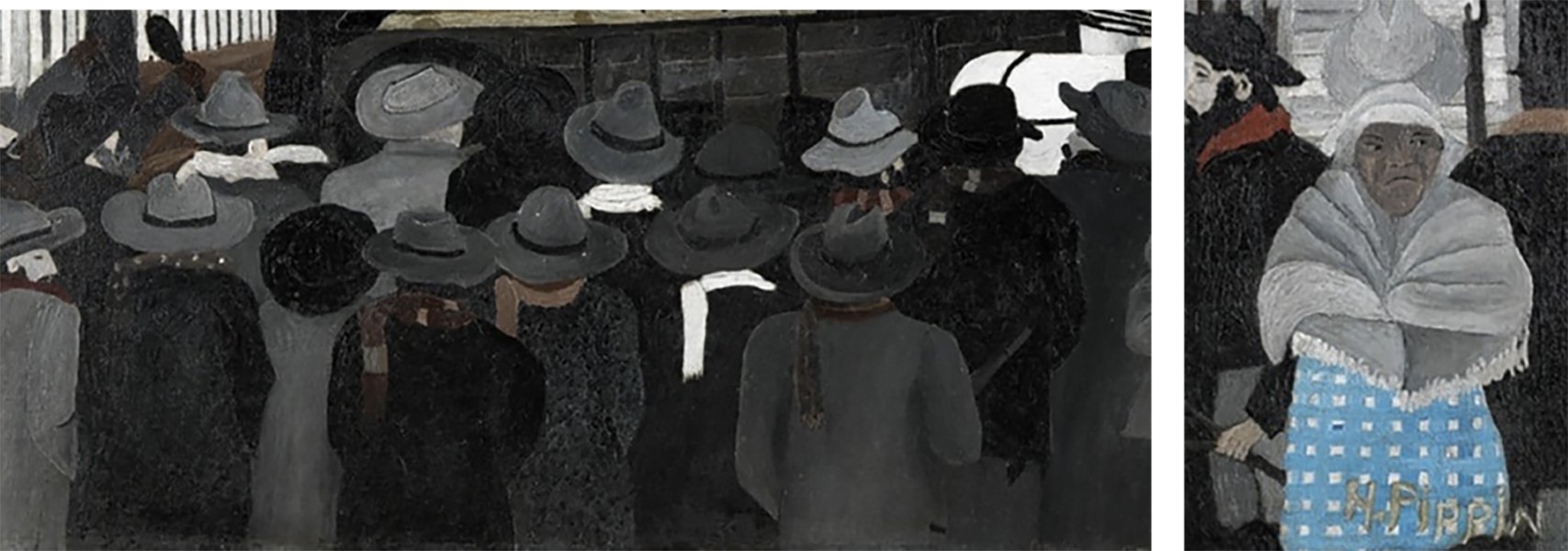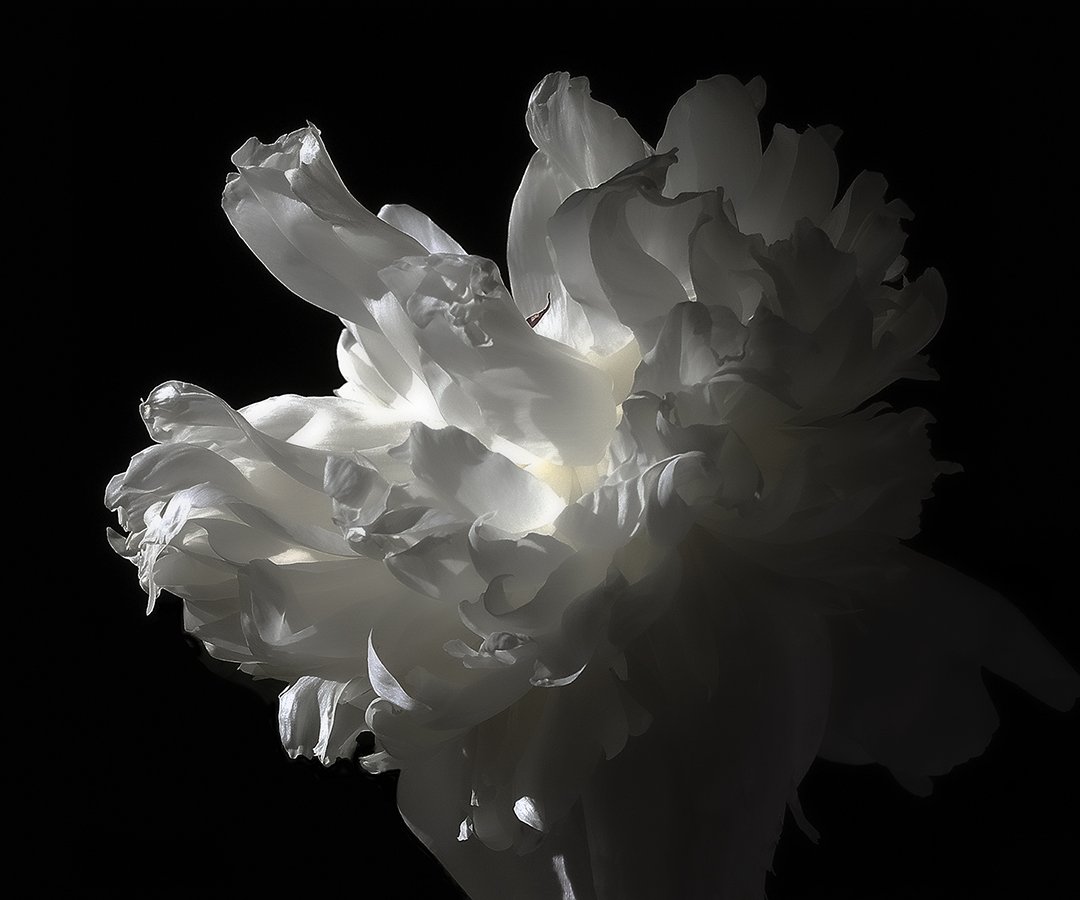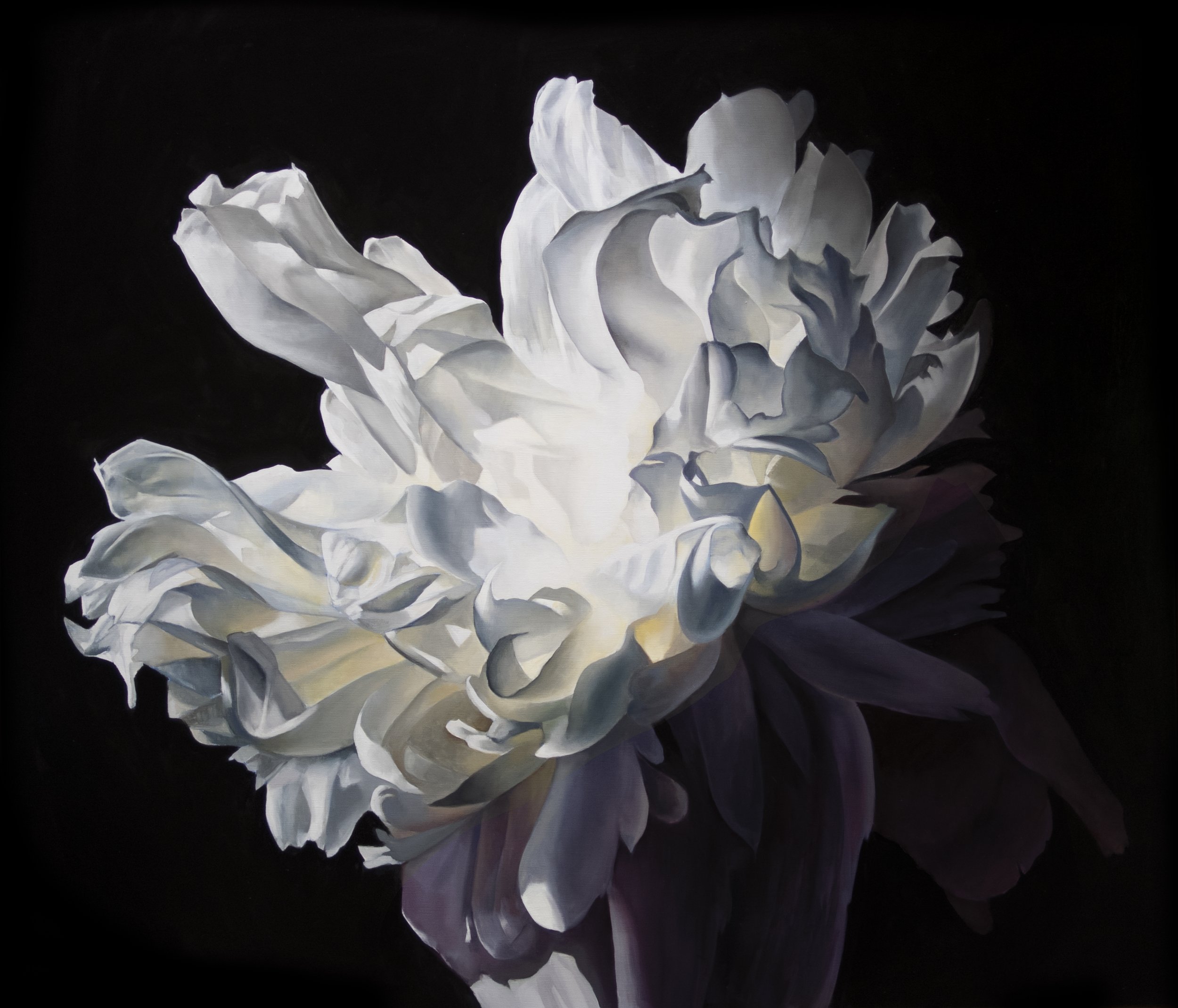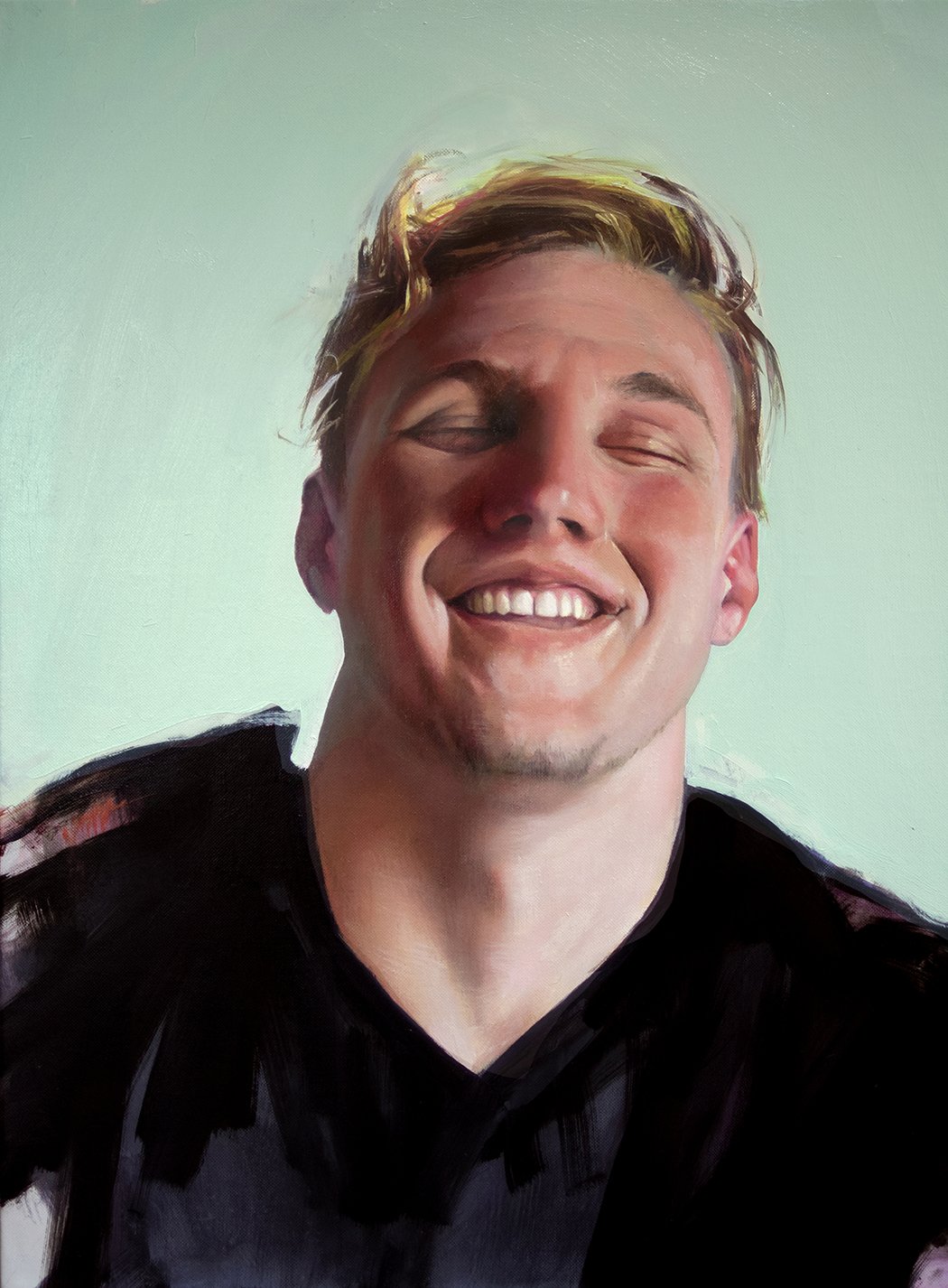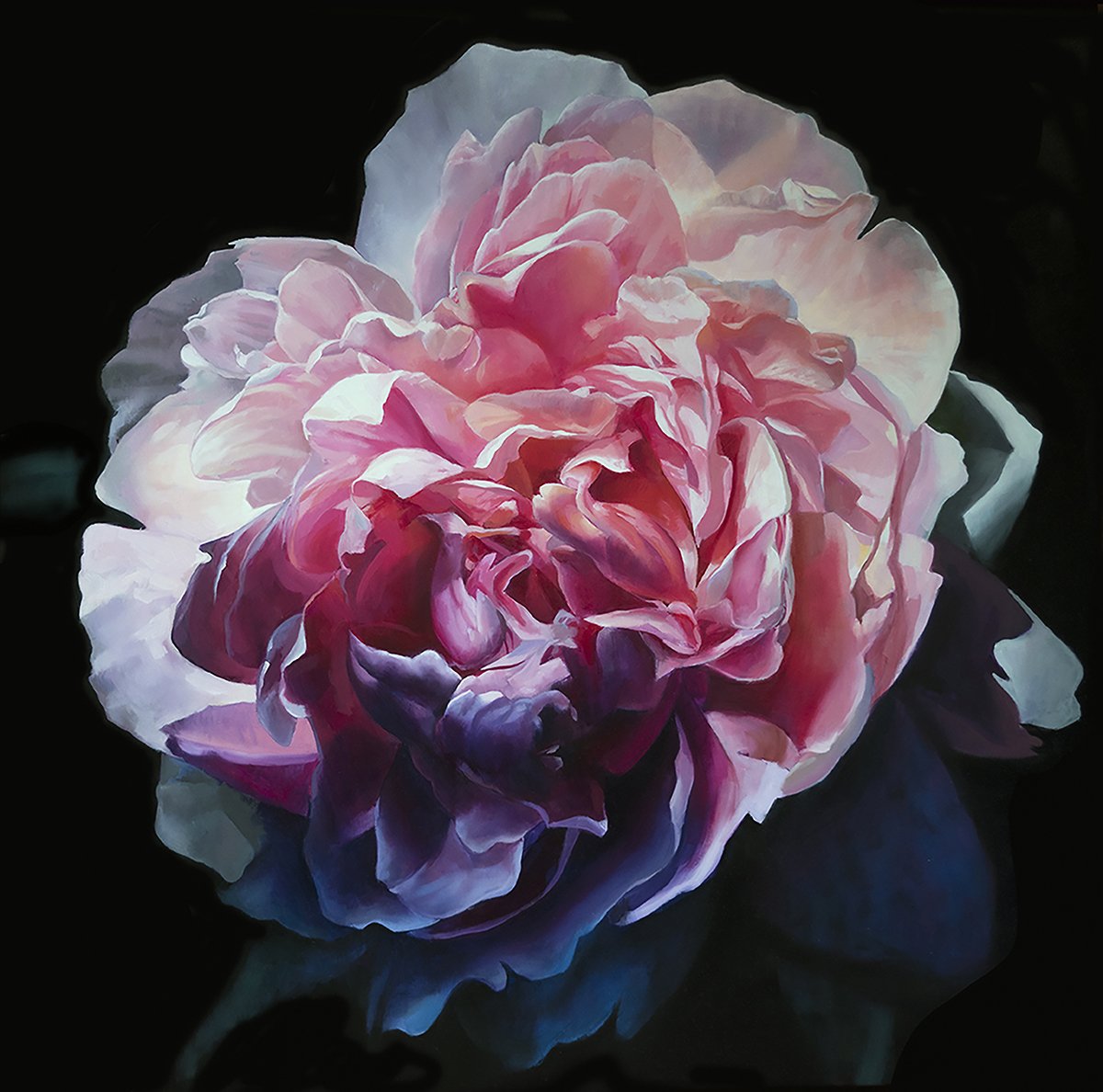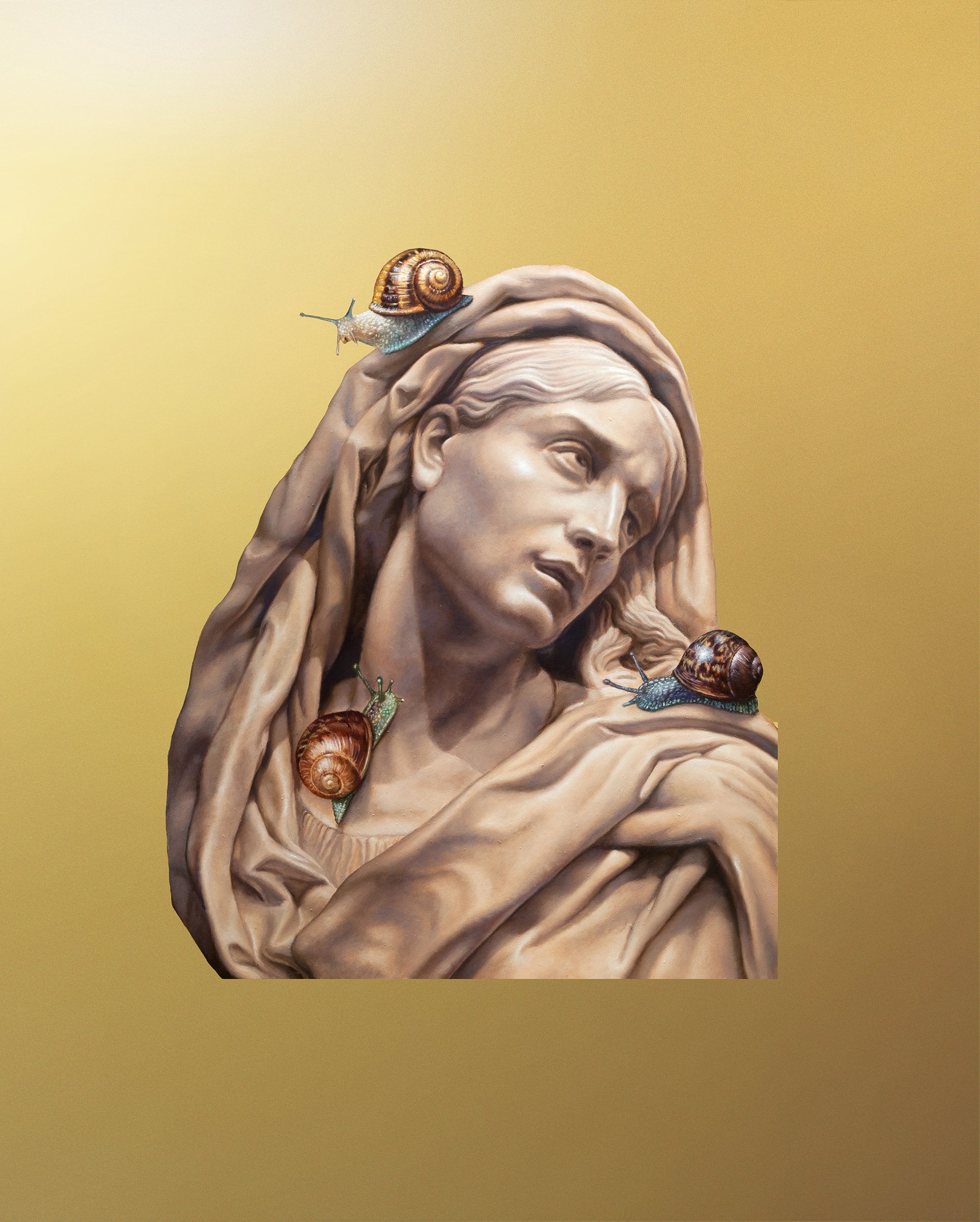She is clearly frowning and distressed, and I’m certain that even though the subject of the painting is John Brown’s execution, she’s the focal point. She is the one casting the final judgement of what’s happening. She is the face of historic judgement, the face of future generations looking on. Unlike the Rockwell painting, and partly because this is a famous and actual historic event, the painting holds up better and feels more authentic from a message point of view.
This leads me to what I think content in art really is.
Content in Art
For me, the content of all art is the experience of feeling and emotion. I start by saying this, because based on work I see and statements by artists, I suspect that many artists consider the content of their work to be the subject of a work, what they are actually painting or sculpting. But what a viewer actually gets is an experience, based on the image, the way the image is realized in the material, and the complex psychological mechanisms activated, all occurring in time. The content is aesthetic in nature, filtered through each person’s reality and then interpreted in ways relevant to a person’s life, what we think of as meaning in art. I tend to make a personal distinction between feeling and emotion in the way I think artists approach making art and how viewers experience it.
The Science of Emotion
For psychologists, emotions deal with conscious thoughts and reasoning. They are located in the mind. Feelings are the conscious experience of emotional reactions and are felt in the body. Emotions pass quickly, feelings last longer, sometimes for decades. There is also a link between thought and emotion. Thoughts create emotions, and the reverse is true as well. Emotions create thoughts. It’s a constant circle.
Looking at the two paintings again, what emotions you are feeling? A lot will depend on who you identify with, but, whatever emotions and feelings you have will shape the meaning you get from the work.
Though we are mostly unaware of it, this unconscious link between emotion and thought is always with us, and is the engine behind the effectiveness of all forms of media, as well as advertising and marketing. It is the reason for a lot of what we consume beyond the necessities of life. And in fact, hunger, sex, the desire for personal validation, and our hunger for love drive more of our spending than we realize.
My Personal View
Because I tend to view the world from the perspective of an artist, my understanding of the distinction between feeling and emotion is more metaphoric. Feelings are the place where I live, like the landscape, and emotions come and go like the weather. Feelings and emotions are what give me the sense of being alive and make living worthwhile. The experiences I have with art tend to transport me out of the activity of self validation that I constantly live with, into a state where I just live. From my perspective, art’s function and importance centers on its focusing us on this sense of living. It’s like a vitamin pill for our psychic and spiritual life.
Creating the Experience in Art
I think that an important starting place for creating experience, is to remember that art and the reality of life are not the same thing. For an artist to create a work that carries feeling and emotion, the material of their life needs to be transformed into a kind of visual poetry that will offer feeling to anyone open to it. The transformation comes as a result of the imaginative exploration of images using the vocabulary of the world of vision, all according to the artist’s unique nature and instincts.
It’s important for an artist to know and understand their own particular path from inspiration to poetry. This understanding introduces process into an artist’s practice and helps create a consistency of vision to their work. The inspiration may change over time, but if the process remains consistent, the work will still align with their previous work and reflect a consistent vision.
Since I’m most familiar with my own process, I’ll use an example of my own work to show how this transformation can take place.
Is like…
There are two signs in my studio that help me in my daily work. One says, “Just Start”, because starting is always the hardest part for me. Once I start working, I’m past the hesitation, fears, and procrastination that can claim a day before I know it. The other sign says, “Is Like”, which reminds me by referring to the use of simile, that the goal is not to paint the literal image, but rather its poetic substance. It reminds me to ask myself what I can do to help people see in a new way.
That poetic substance usually presents itself to me in a flash of recognition. I’ll catch something out of the corner of my eye. The subject doesn’t have to be something grand, and is more likely to be something quite ordinary or familiar which I suddenly see in a new way. It could be an expression on a person’s face or the shape of an object that takes on an unfamiliar form. Most often however, it has to do with the way light is playing on the subject that reveals it to me in a new and unexpected way.
I work from photographs now after decades of working from life, mainly because it gives me a chance to catch these fleeting glimpses that inspire me and also because it makes it possible to use Photoshop to amplify and clarify the aspects of the subject that I want to paint. The photo below is a good example of how the process begins to unfold for me.
I was shooting photos of some peonies that a friend had brought me for possible use as painting subjects. I was photographing them using natural light that was coming through one of the studio windows. The day was cloudy and so the light was very consistent and even. All at once, the sun burst through a cloud and a ray of light came through the window and landed on the center of the flower. I quickly got that feeling of seeing the kind of glimpse I look for and shot this photograph. Almost as soon as I took the picture, the beam of light vanished. The moment was that fast.
I think the photo itself is mysterious and beautiful, and I’m always asking myself if what I’m seeing is really a stand-alone photograph or the subject for a painting. They are different to me. Either the inherent properties of photography match the the image well, or I see the possibility of it being made more expressive by its being transformed using any number of means open to the painting process — creating a stronger graphic structure, manipulation of the color, the paint handling, the “thingness” that a painting has as a physical object, or the potential for creating the sense of felt space and presence that only a painting can do.
While I might handle this subject differently now (this was seven years ago), this painting opened the door to seeing something that I see in almost everything I paint now. An inner light, an inner life. The flower seemed to illuminate the world around it, and its undulating forms began to be patterns of flow the way hair and flags move in a breeze. This made the painting not so much about a flower, but about something else. The final painting below shows how I chose to create this poetic view, clarifying a structure and creating a center of light that would act as a wheel, allowing the undulating forms of the petals to have a center of gravity. It’s as if the light came from inside the flower rather than from outside it.













